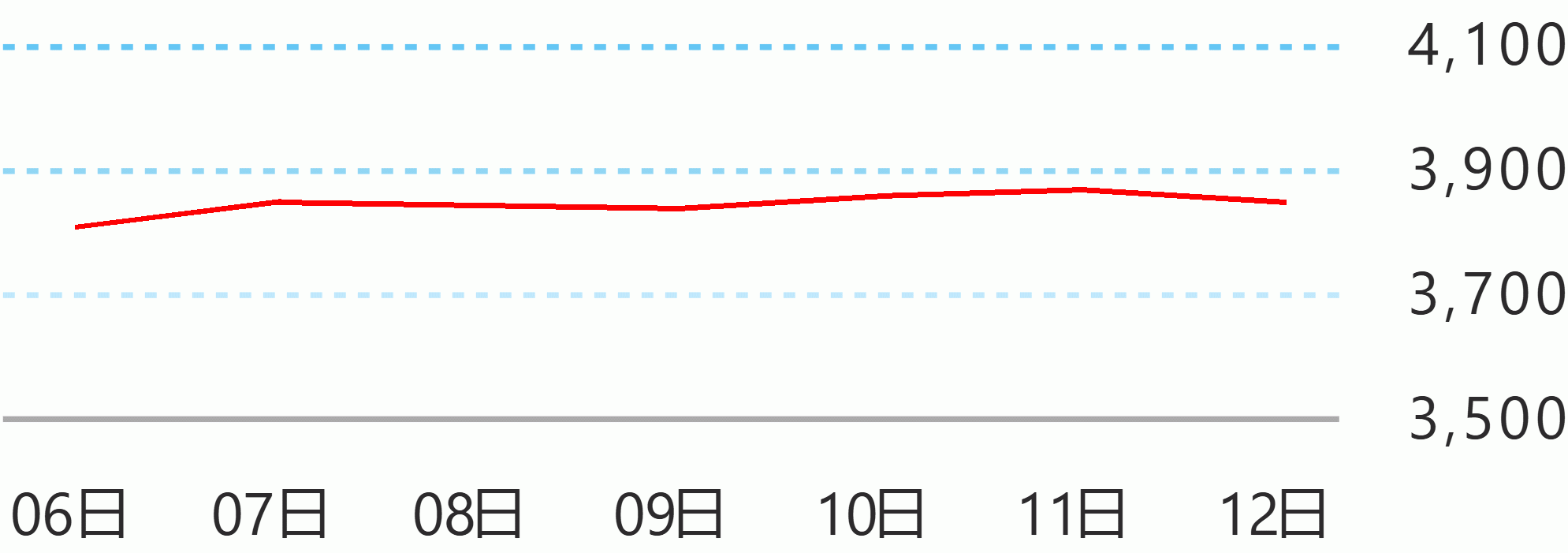Buoyed by the success of the Boracay rehabilitation, the Department of Environment and Natural Resources (DENR) is preparing to embark on a highly ambitious and more complicated endeavor: restoring Manila Bay to its pristine state.
Although Manila Bay is known for having one of the most beautiful sunsets, its waters are considered the most polluted in the country due to domestic sewage, toxic industrial effluents from factories and shipping operations, and leachate from garbage dumps, among others.
DENR Secretary Roy A. Cimatu said he was keen to have Manila Bay rehabilitated, restored and maintained to a level fit for swimming, skin diving and other contact forms of recreation.
“We are preparing for an all-out strategy to bring the coliform concentration in Manila Bay to a safe level so that millions of people who reside in the bay region and neighboring areas will enjoy its waters and marine resources without fear of getting sick,” Cimatu said.
Cimatu said the DENR hopes to replicate what has been achieved in Boracay which, prior to undergoing six-month rehabilitation, was described as a “cesspool” by no less than President Rodrigo Duterte.
The environment chief said the government will show the same level of political will in cleaning up the bay that spans three major regions?National Capital Region (NCR), Central Luzon and CALABARZON or Region 4A?as it did in Boracay, a tiny island in Western Visayas.
A 2017 report by the DENR’s Environmental Management Bureau showed that the fecal coliform level in Manila Bay reached as high as over 330 million most probable number (MPN) per 100 milliliters. The safe level is only 100 MPN/100ml.
According to Cimatu, part of the DENR’s strategy is to ensure the compliance with environmental laws among all local government units (LGUs) surrounding Manila Bay.
“I am calling on all LGUs to step up their efforts in cleaning up the bay because it is their own constituents who will benefit (from a rehabilitated Manila Bay),” Cimatu said.
He revealed that a Manila Bay Command Center under the DENR NCR regional office would be created to oversee the zonal operations of four field offices to be set up in six coastal cities of Metro Manila, namely: Malabon-Navotas, Manila, Pasay-Para?aque, and Las Pi?as.
These field offices would be manned by personnel, who would closely coordinate with city or municipal environment officers to ensure that cleanup activities and programs are being carried out and sustained.
To address problems on human waste arising from the presence of informal settlers along the bay, the DENR is looking at technologies that would treat water of pollutants, whether directly discharged into the bay or through toilets.
Cimatu said the DENR would also seek assistance from law enforcement agencies in going after violators of environmental laws, especially those who discharge untreated wastewater into the bay.
In 2008, the Supreme Court issued a continuing writ of mandamus ordering 13 government agencies to clean up Manila Bay and restore its water quality to Class SB, or safe for recreational activities such as swimming.
Class SB waters are also suitable for commercial propagation of shellfish and as spawning areas for milkfish and other similar species. DMS





 English
English








